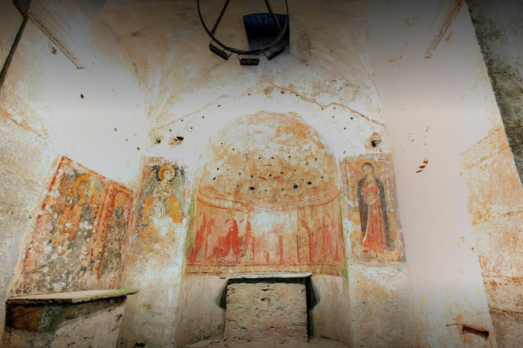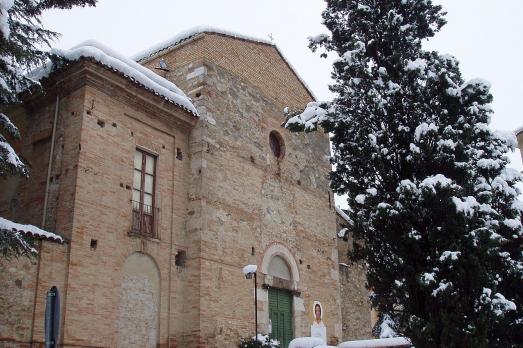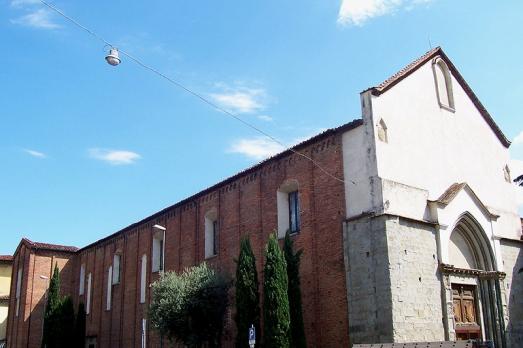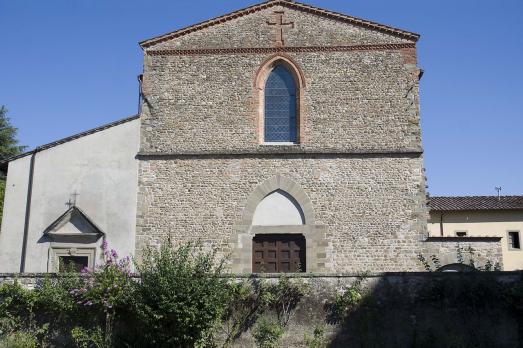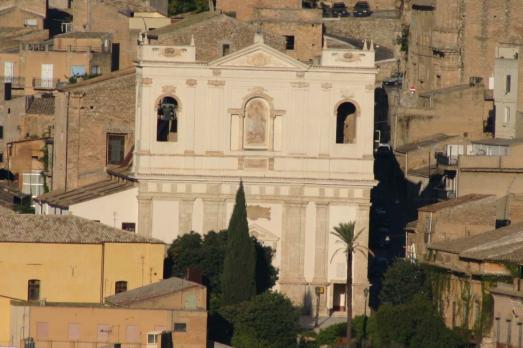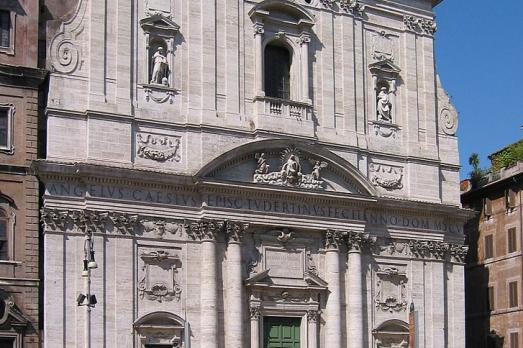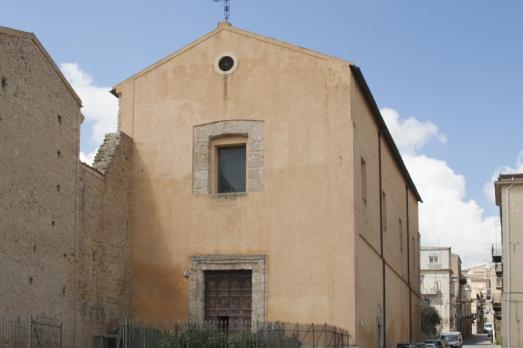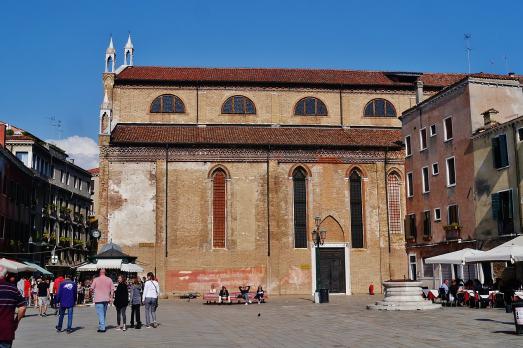
Chiesa di Santo Stefano
Venezia, IT
The church of Santo Stefano was built between the end of the 13th and the beginning of the 14th century by the hermit friars of Saint Augustine, who had settled in Venice towards the end of the 13th century. It was rebuilt in the 14th century and underwent major extensions in the 15th century. In 1810, with the suppression of the religious orders, it was separated from the convent and became a parish church.
